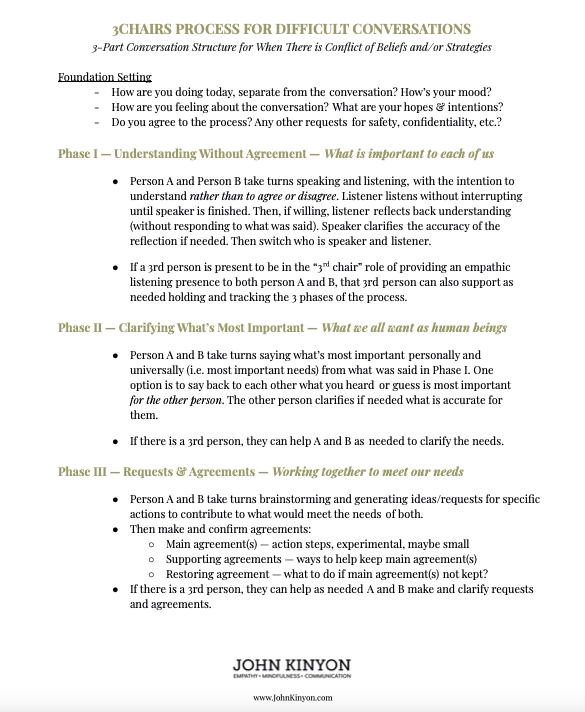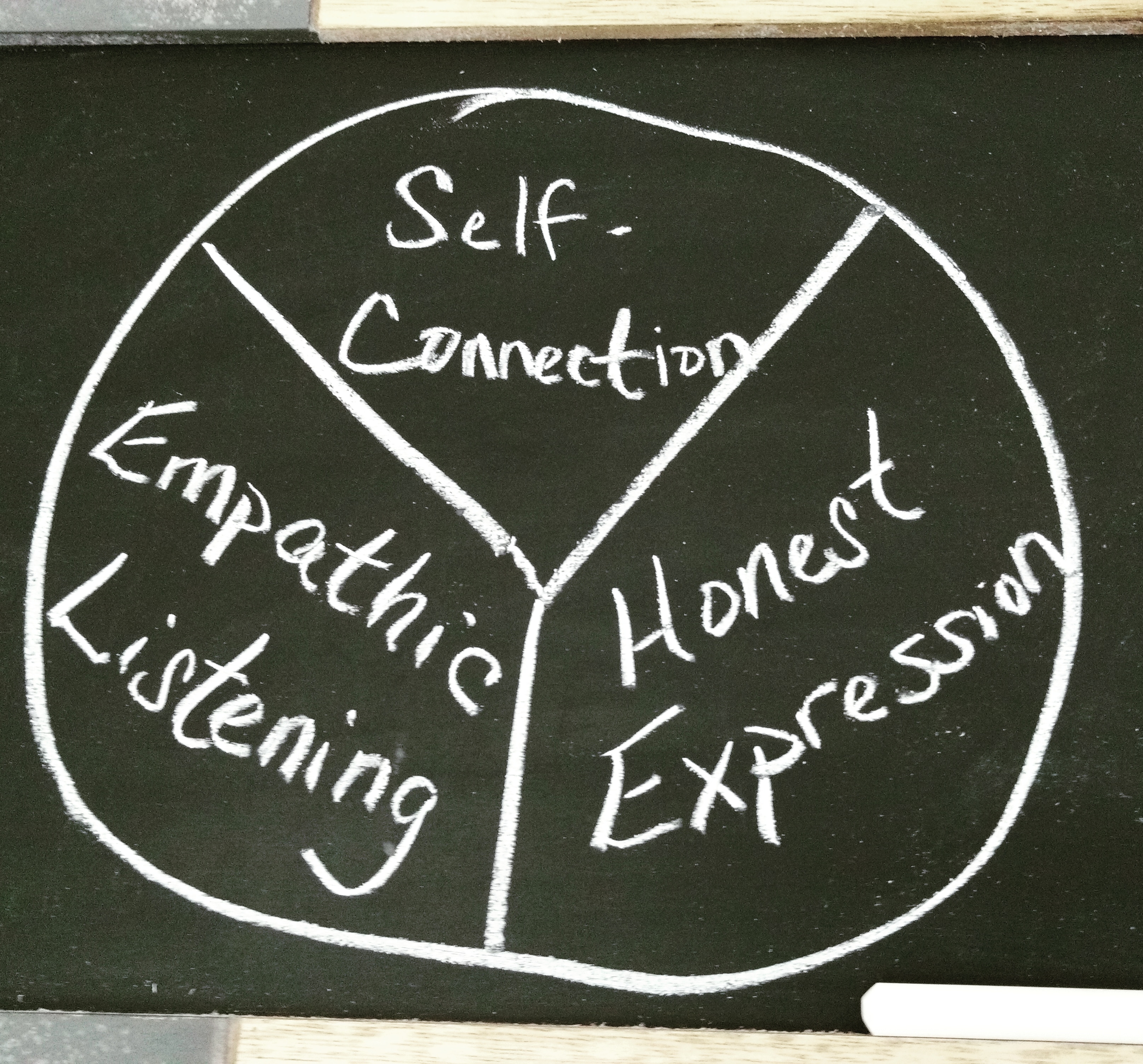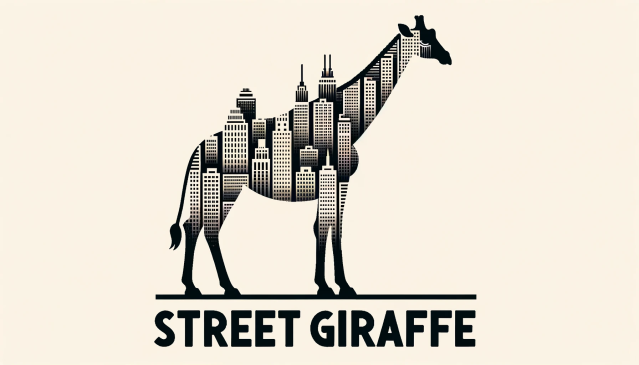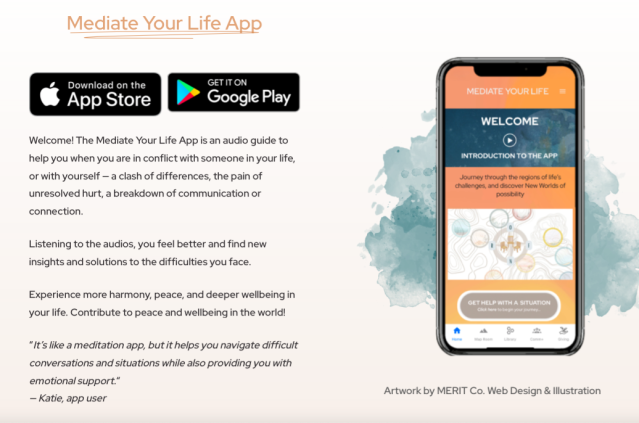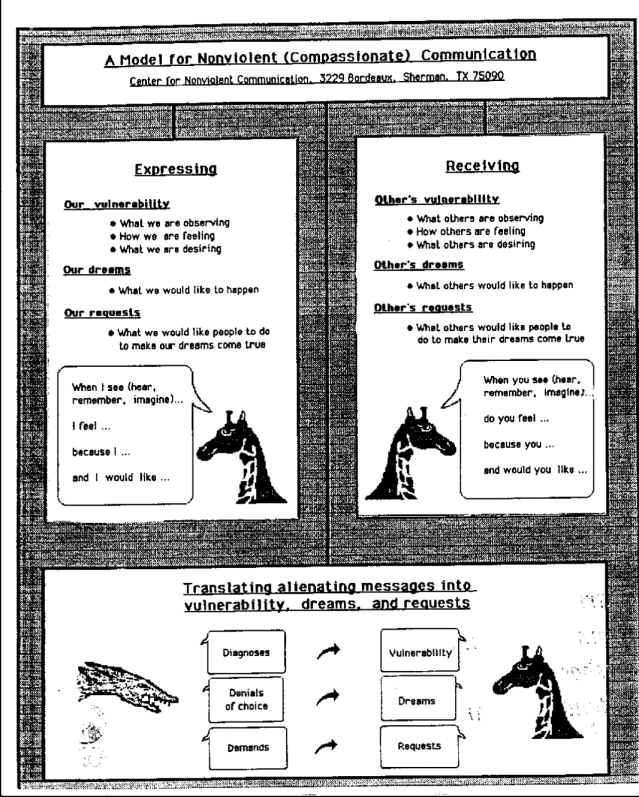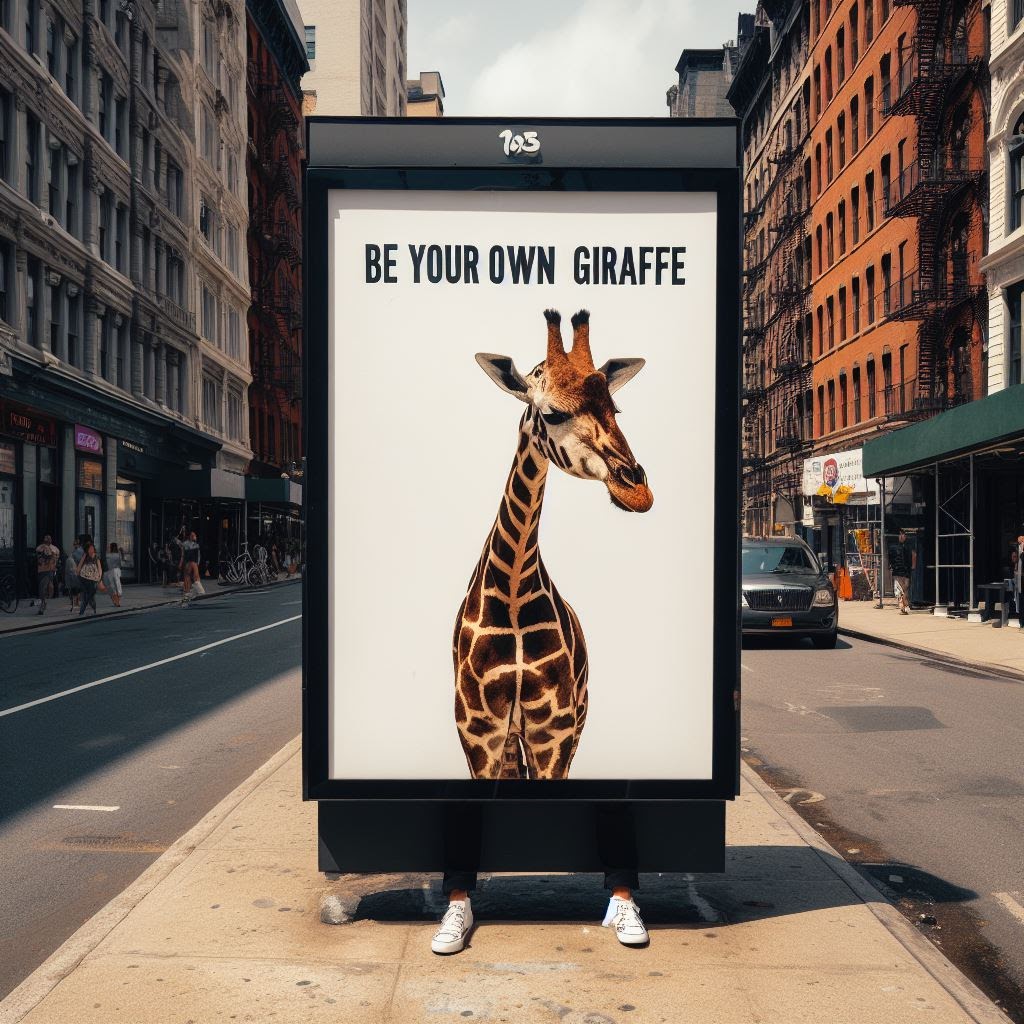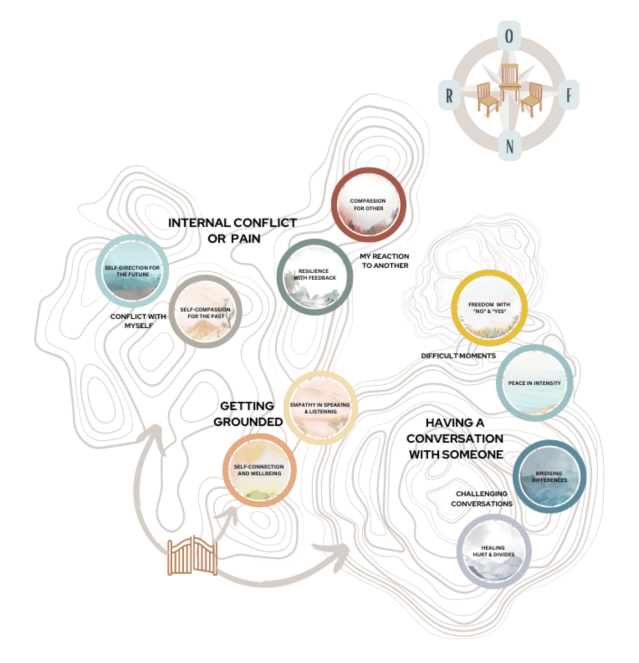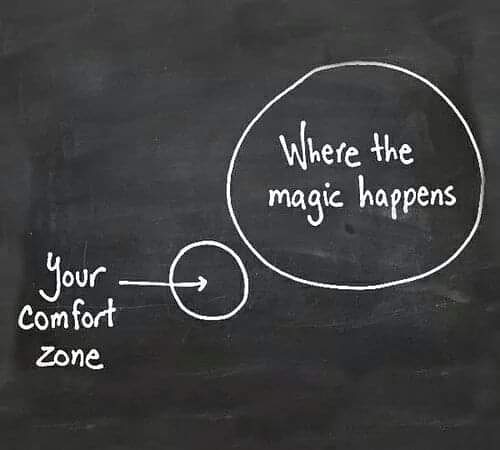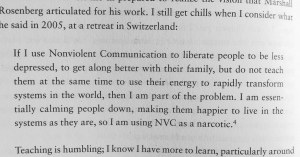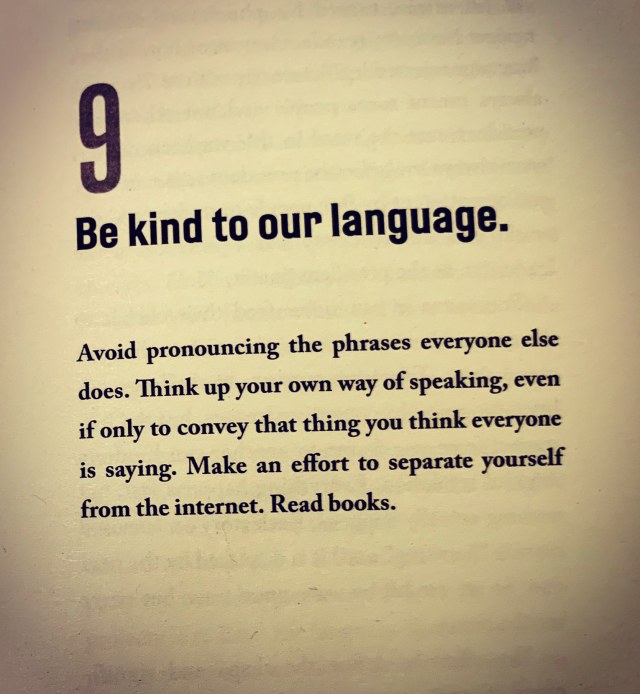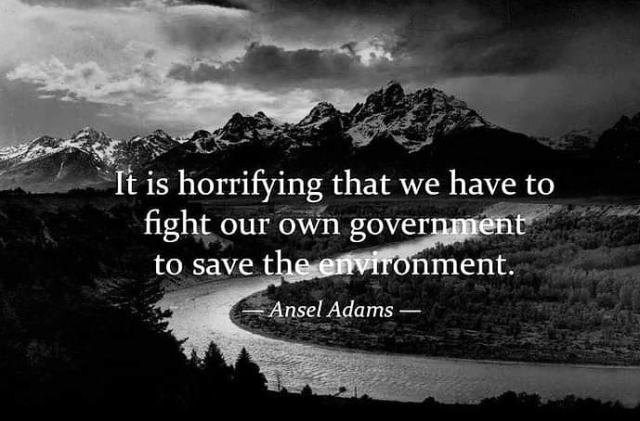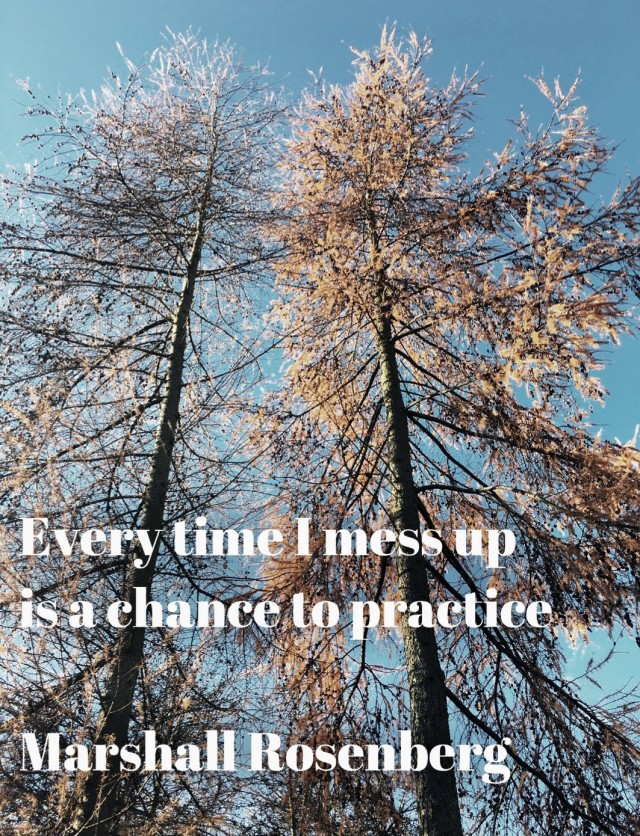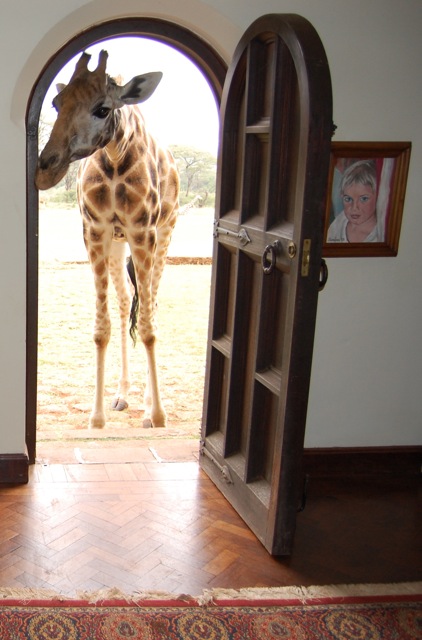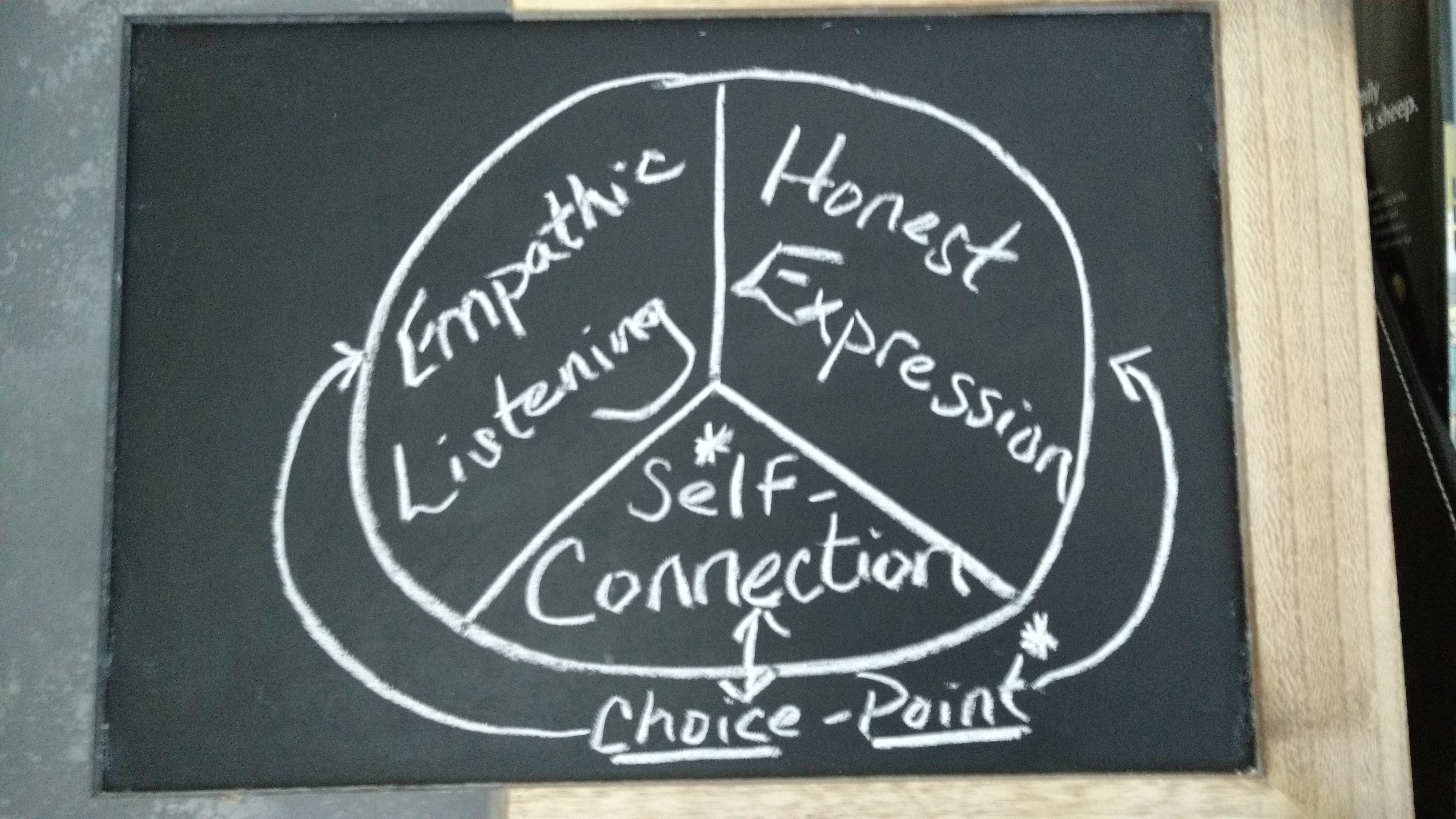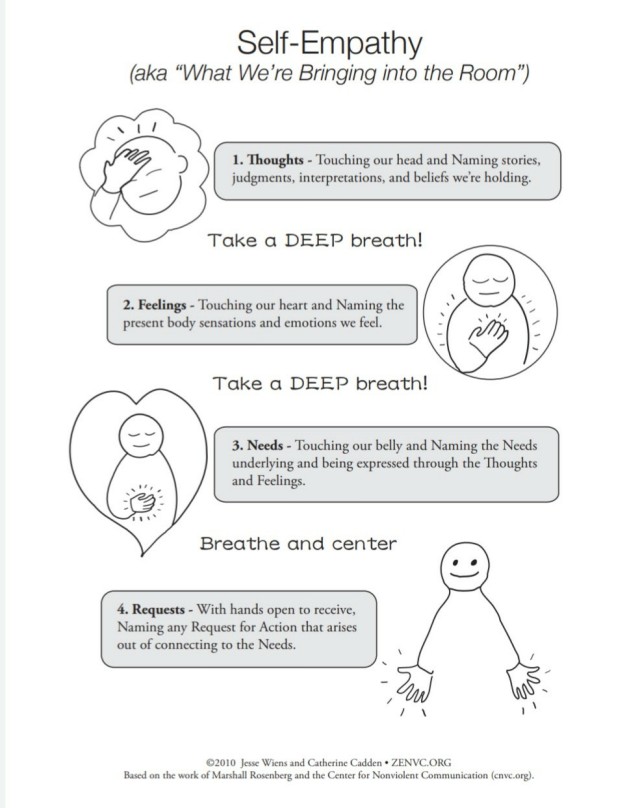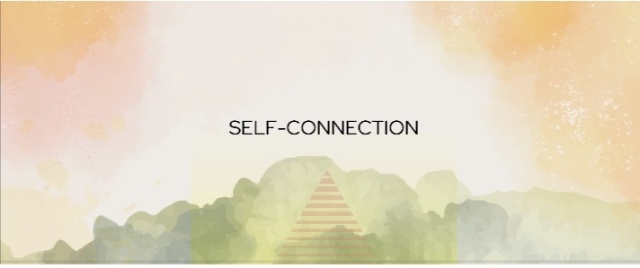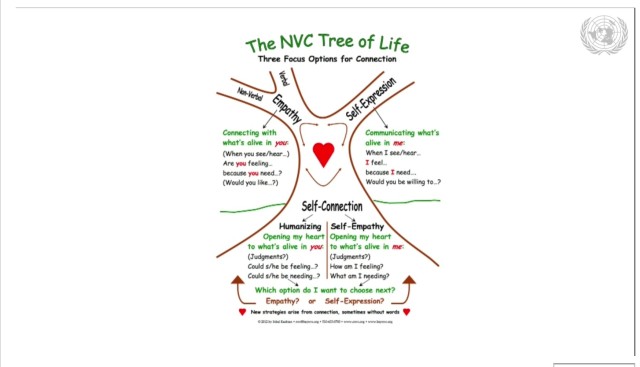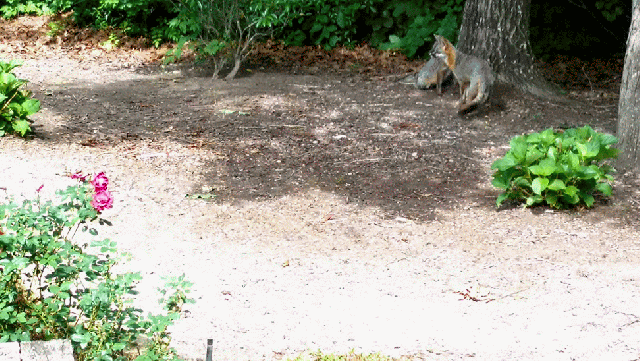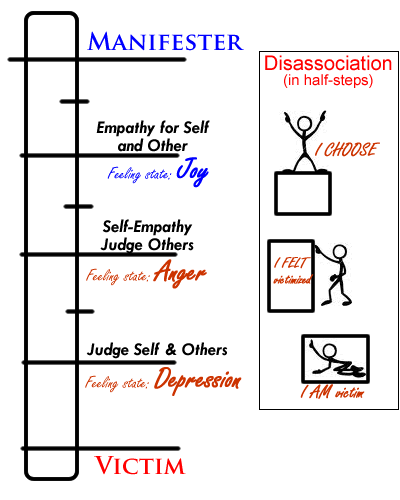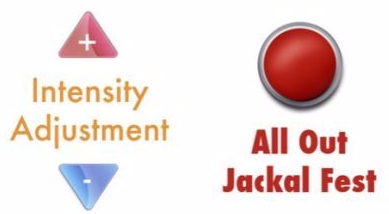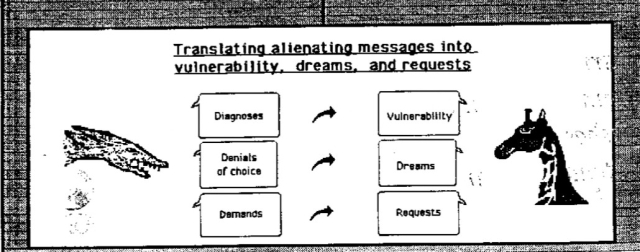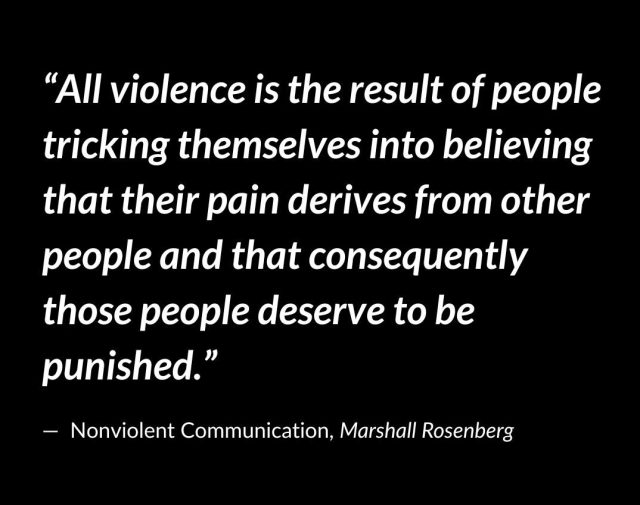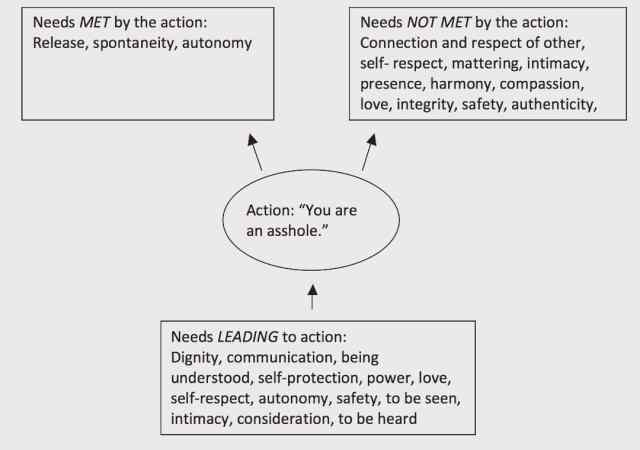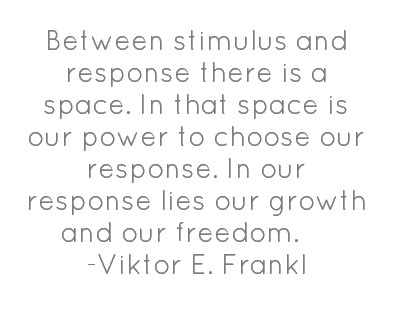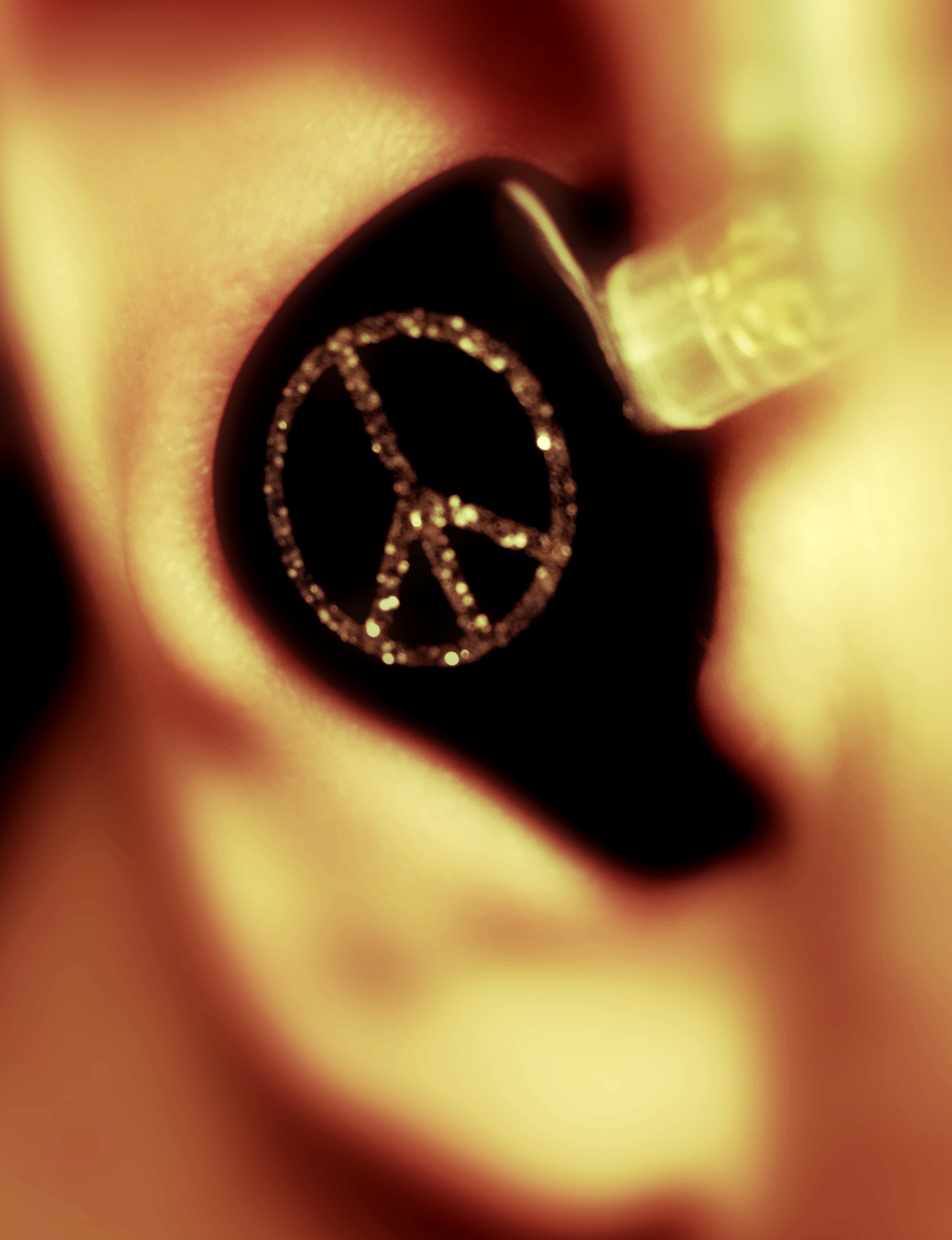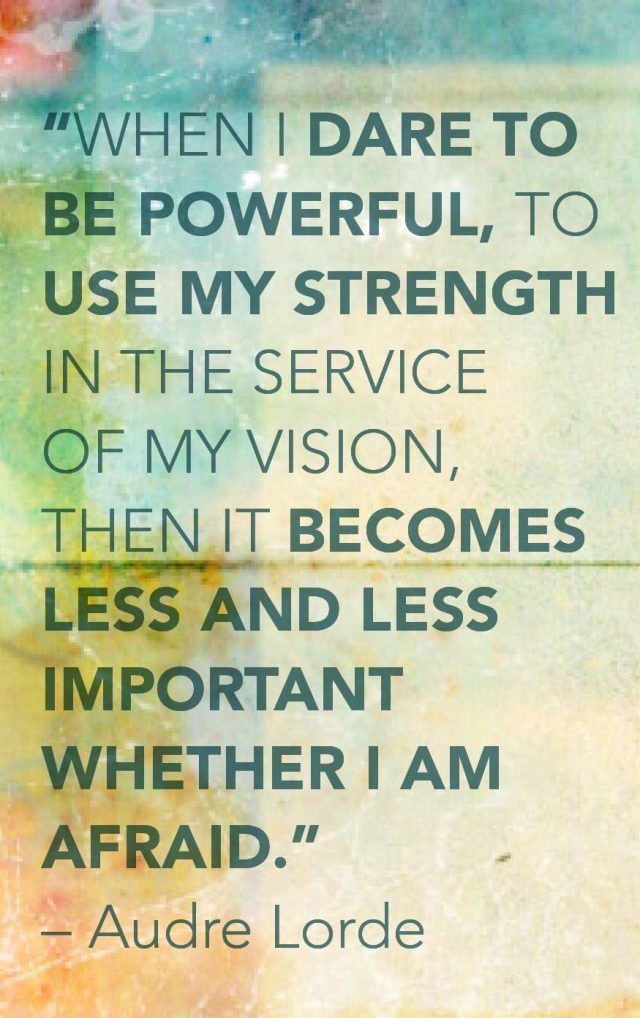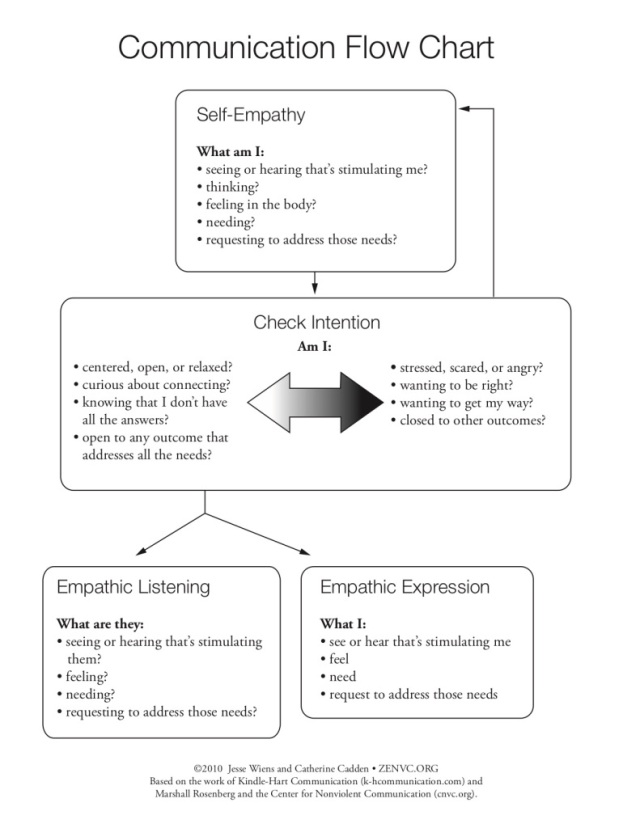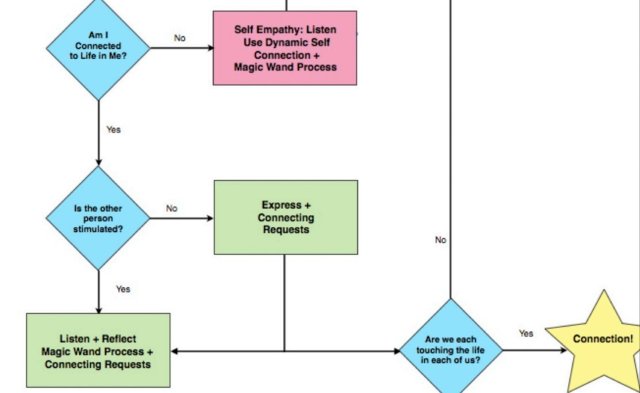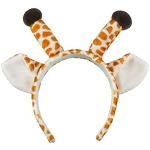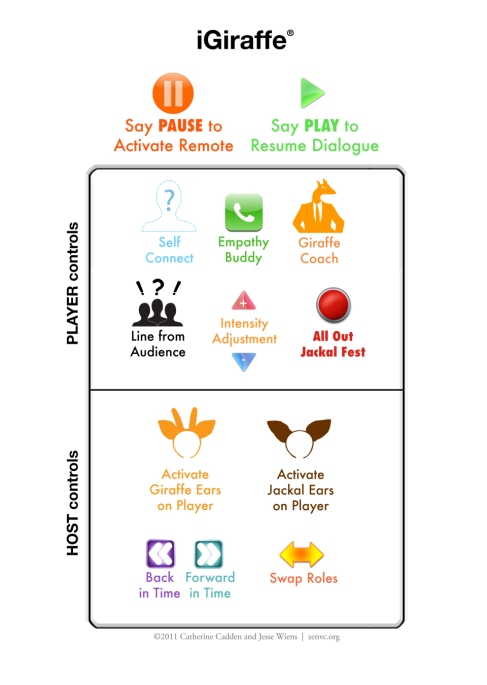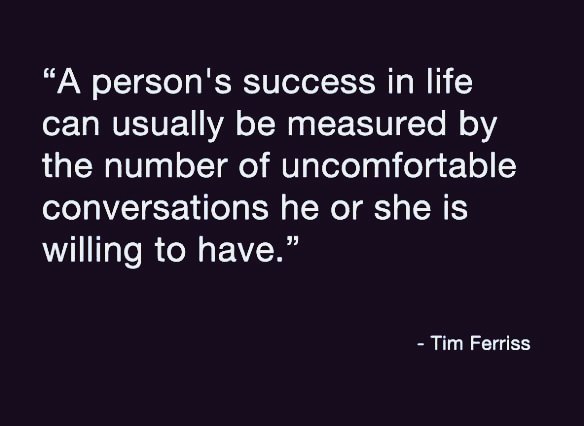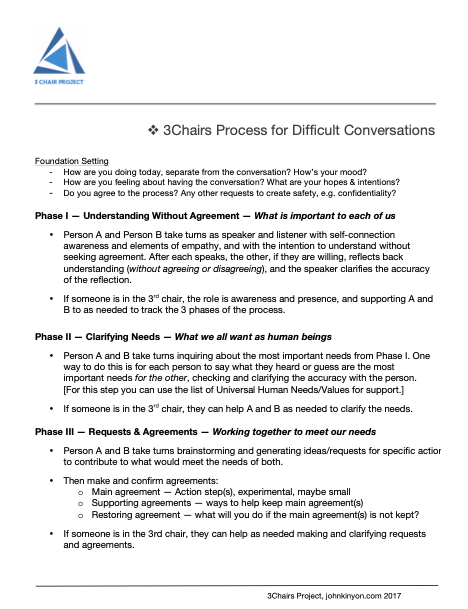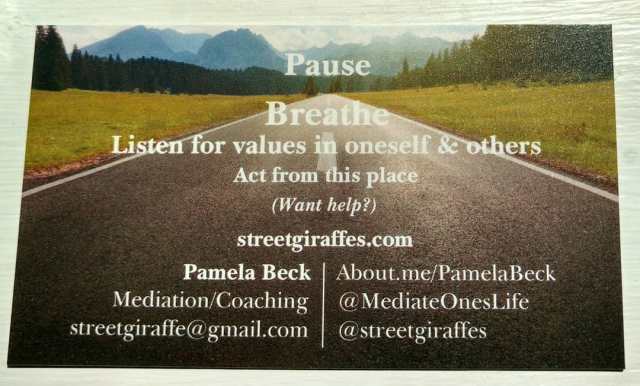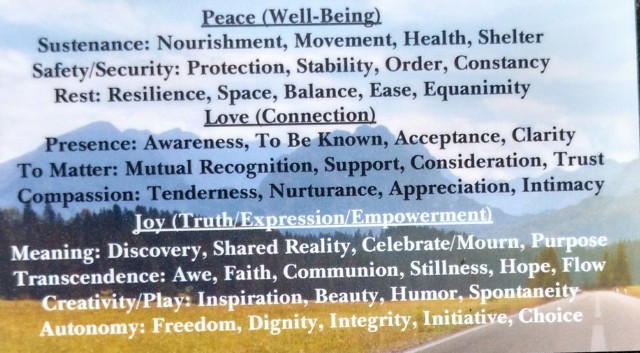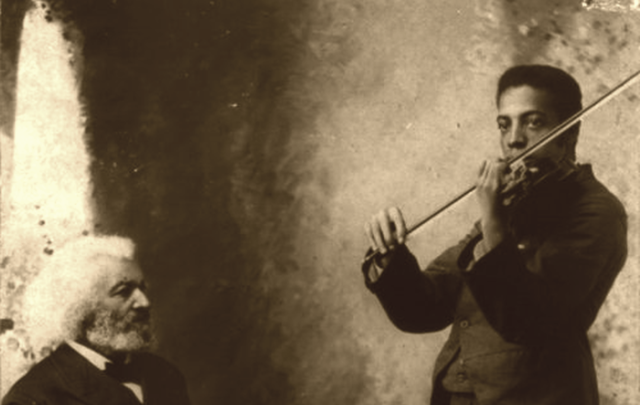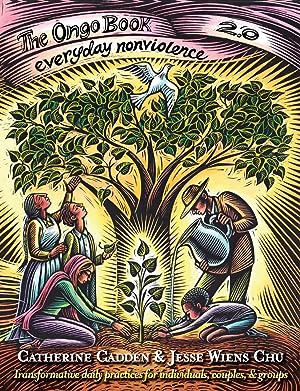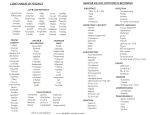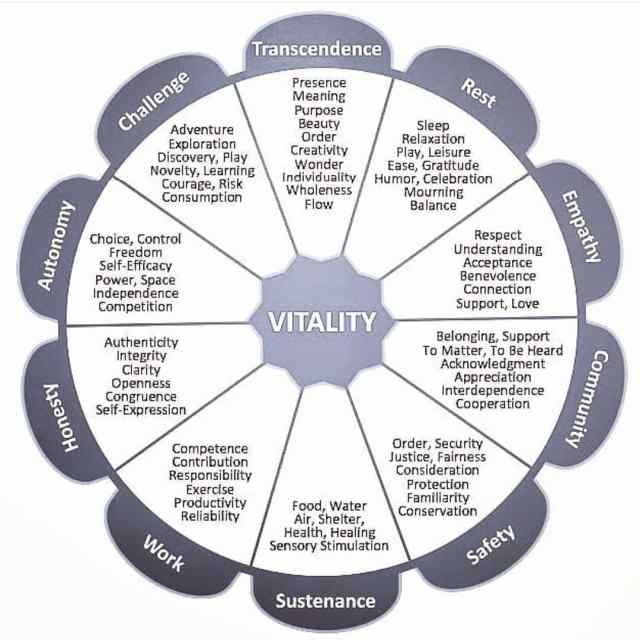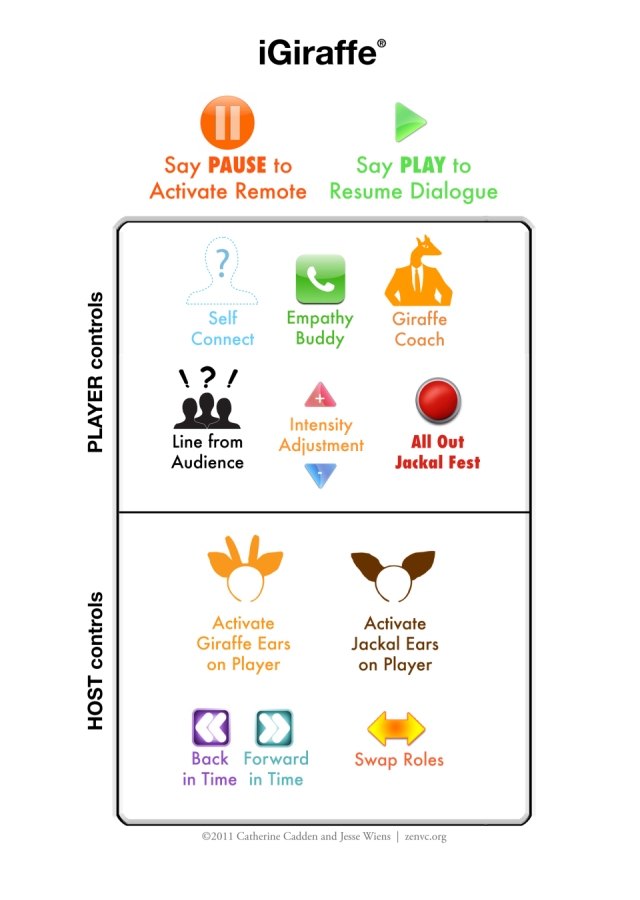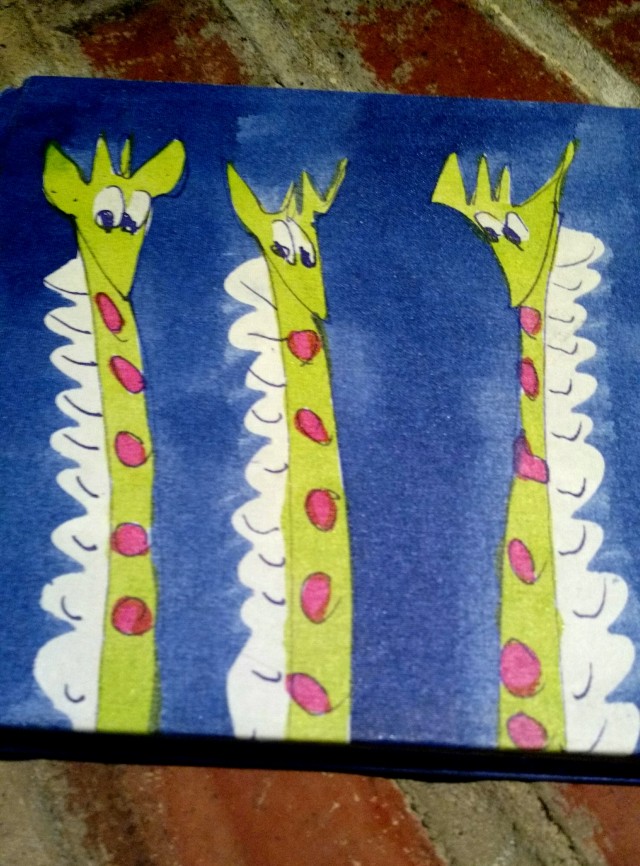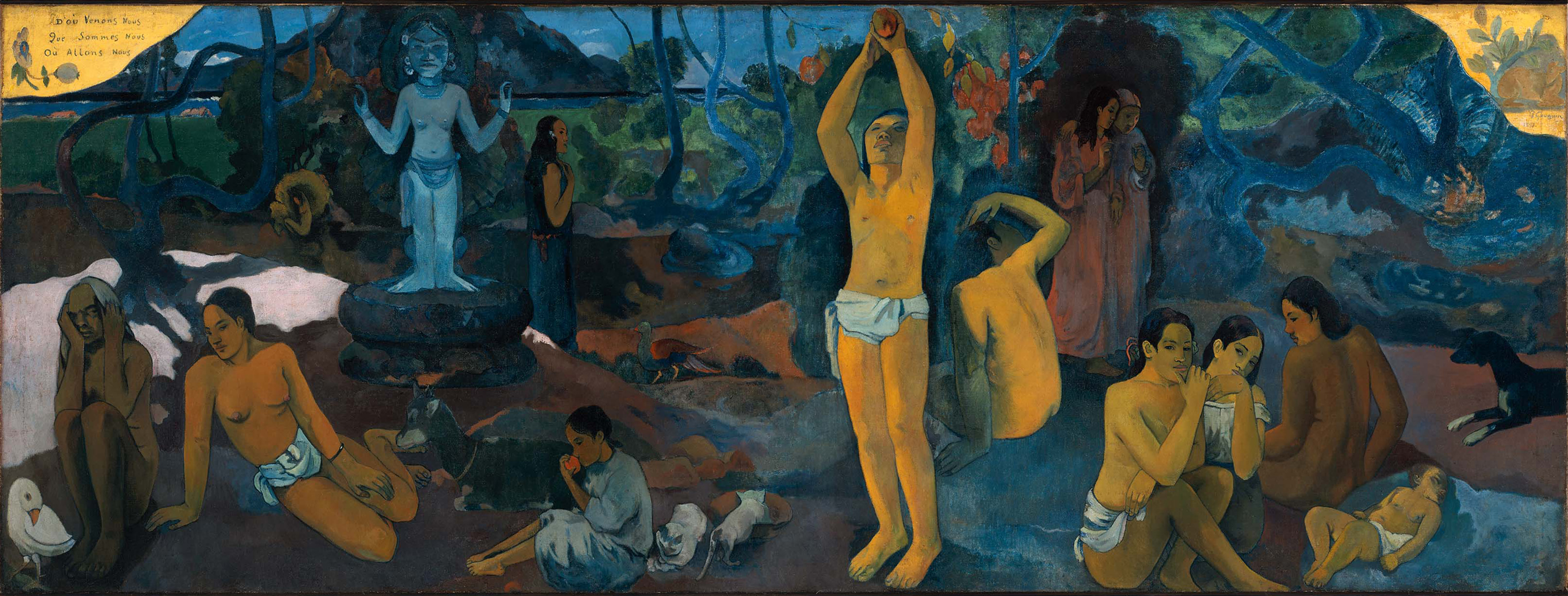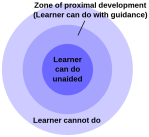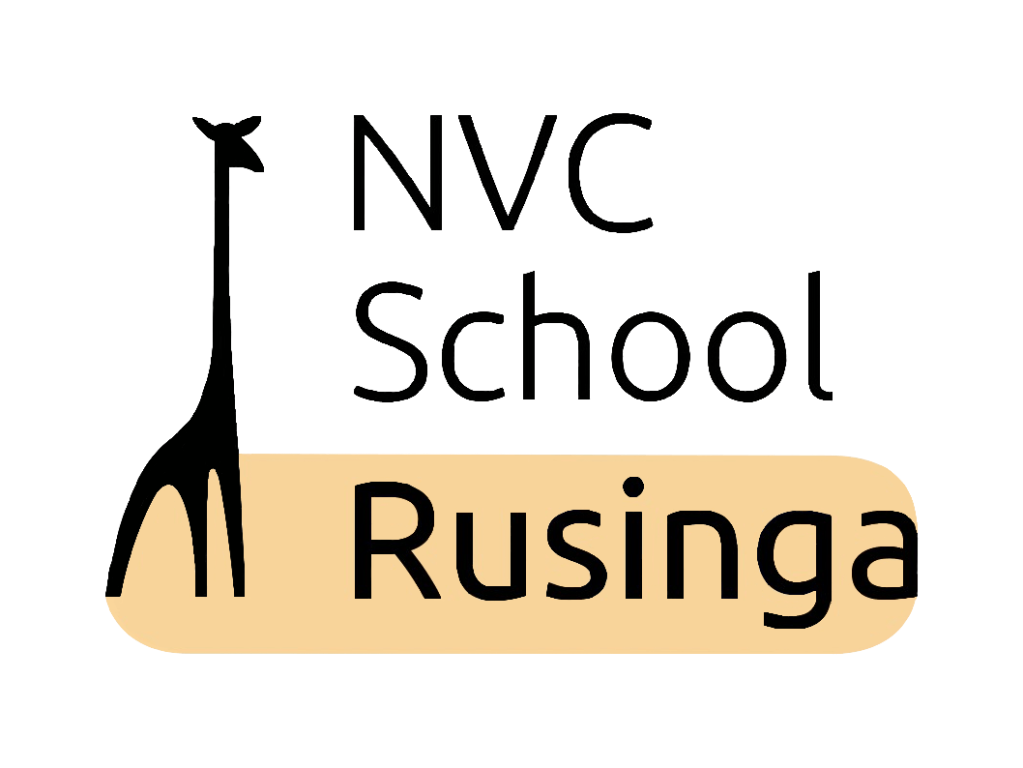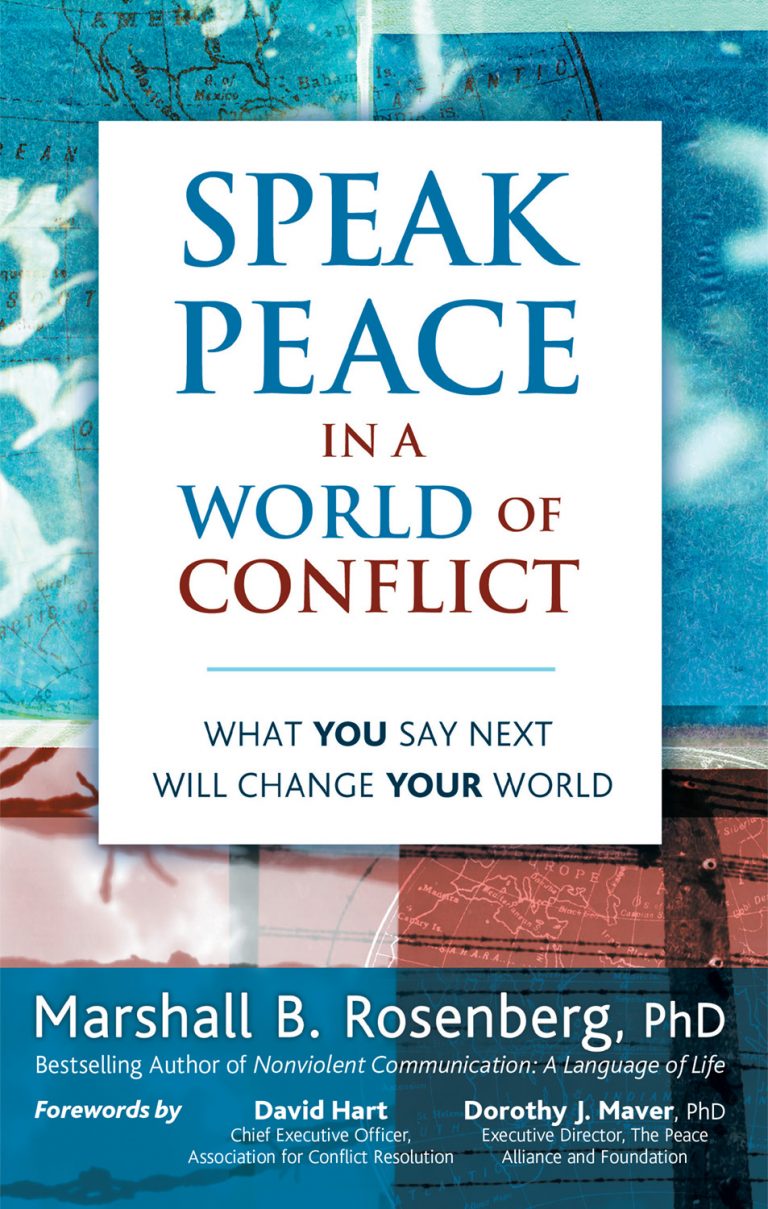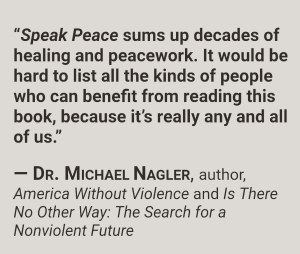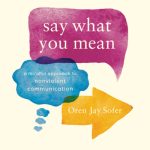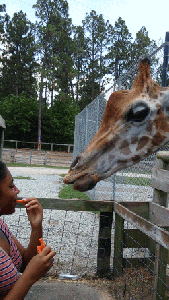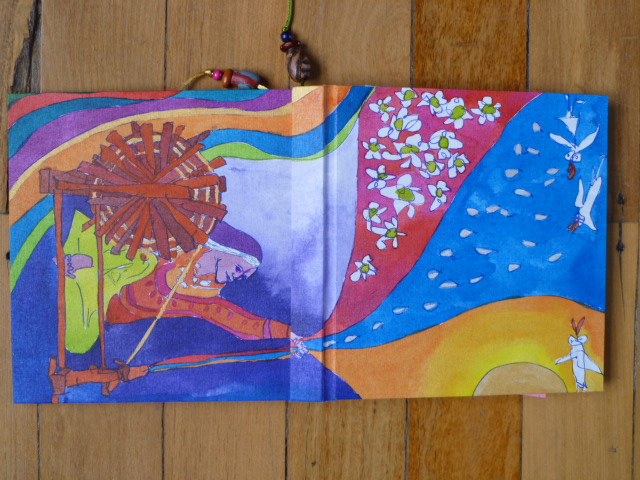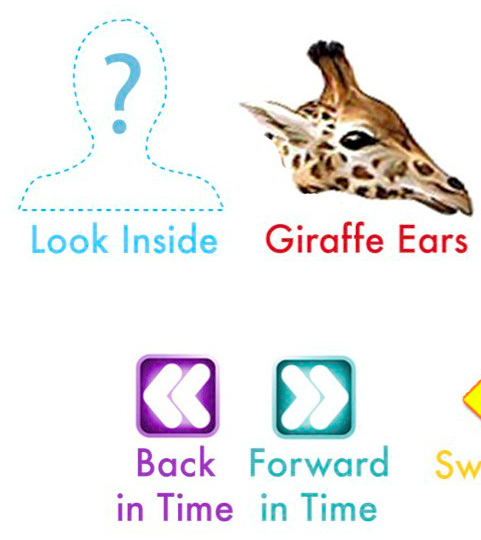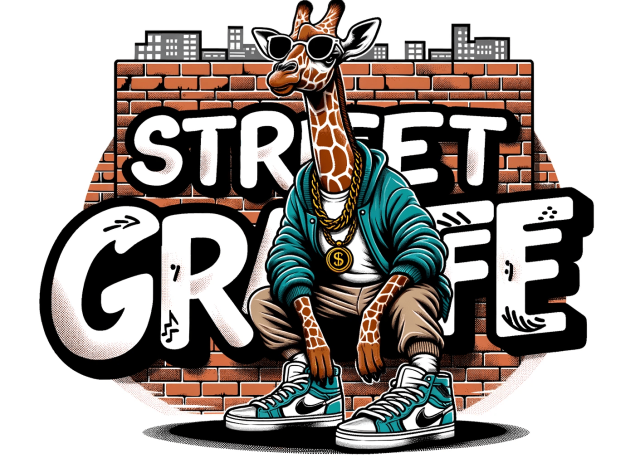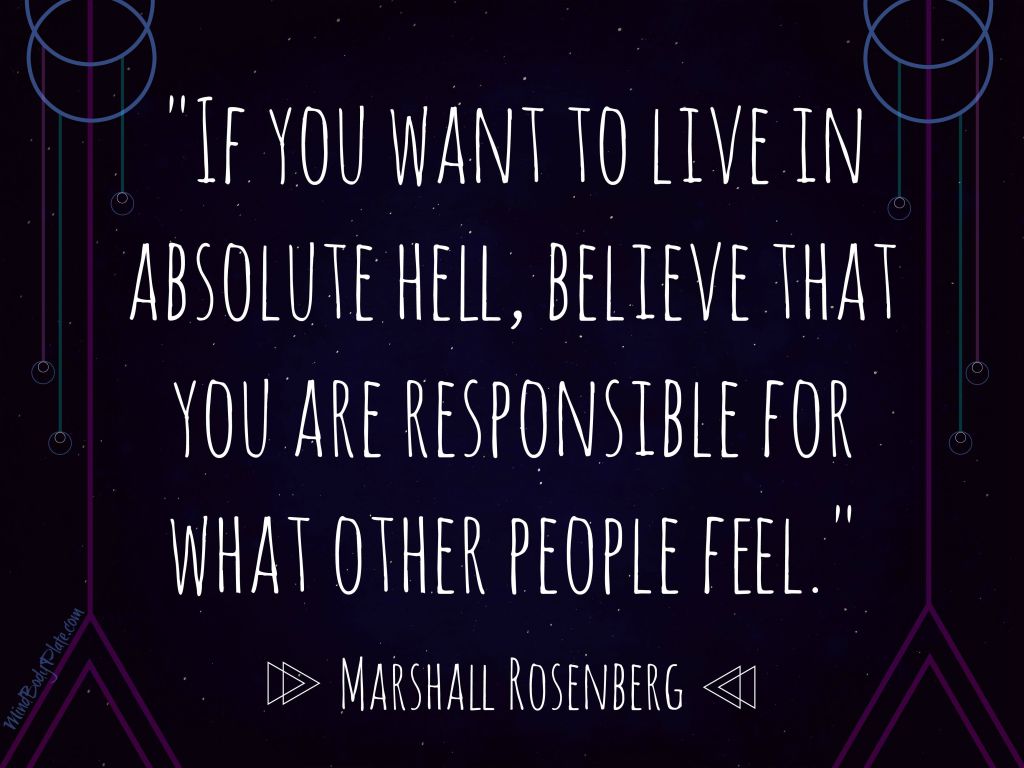| Beneath courtesy of Newt Bailey |
rage, disconnection and violence connection, compassion, peace |
||||
|
|
“Connected Conversation Process” – instructional video |
The 2 Parts and 4 Components of NVC
Both sides of the NVC model: empathetically listening and honestly expressing


Two monologues do not make a dialogue.
~ Jeff Daly
Chapter 69, Tao Te Ching
In the beginning aggressiveness seems to win,
But at the end, he who is compassionate wins.”
– Translated by Octavian Sarbatoare, 2002, Chapter 69

François Barraud – La Tailleuse de Soupe
See also: Dialogue Prep, Healing & Reconciliation, NVC Mediation & Enemy Imagery
When it may be apropos to request/apply the connected conversation process:
Newt Bailey — paraphrasing from video clip above — on communicating based on the work of Marshall Rosenberg’s (NVC) model and when this tool, in our toolbox, may come into (relevance)/play:
“…To a large extent what I’m suggesting to people is that when they are in a stressful conversation or a fight, an argument, anything where they are finding that their communication is not going in a way that they would want, a lot of the time what I’m basically saying to people is, ‘look you can talk however you like, most of the time, you know if it works for you to say whatever you’re saying, but if you’re really clear that if it’s not working for you, or not working for the other person, then shrink down your available options down to just three options.’ That’s essentially what I’m saying to people. And the practice is in actually, it’s maybe more difficult to shrink down and turn away from all the normal things you ordinarily do, blaming, persuading, criticizing people, making demands, telling stories, telling jokes, all of these other options, many options. To shrink it down to just three options, and the three options are: How am I doing right now (self-connection)? How is the other person doing right now (call this empathy)? And the third choice, just expressing honestly what you got in touch with when you checked in with ‘how am I doing’… That creates a simplicity basically which also, strangely enough, creates much more potential for connection between you and the other person which will then lead, more frequently, to some kind of a useful outcome that you both enjoy…”
Three [Dialogic] Choices:
Skill-building exercises from Oren Jay Sofer’s book, Say What You Mean: A Mindful Approach to Nonviolent Communication:

When to Speak and When to Listen – Tricycle: The Buddhist Review
Practice: Choice Points
Excerpt: “To practice, choose someone with whom you feel relatively comfortable. This familiarity makes it easier to learn the tool. During a conversation, notice when you choose to speak. If you find yourself talking without having consciously chosen to do so, try stopping and leaving space for the other person to continue. Notice what it’s like to actively choose to say something rather than doing so automatically. Pay particular attention to any urgency or reluctance to speak or any sensations of internal pressure. Use that pressure as a signal to make a more conscious choice.”
More as to NVC & “choice-points” here.
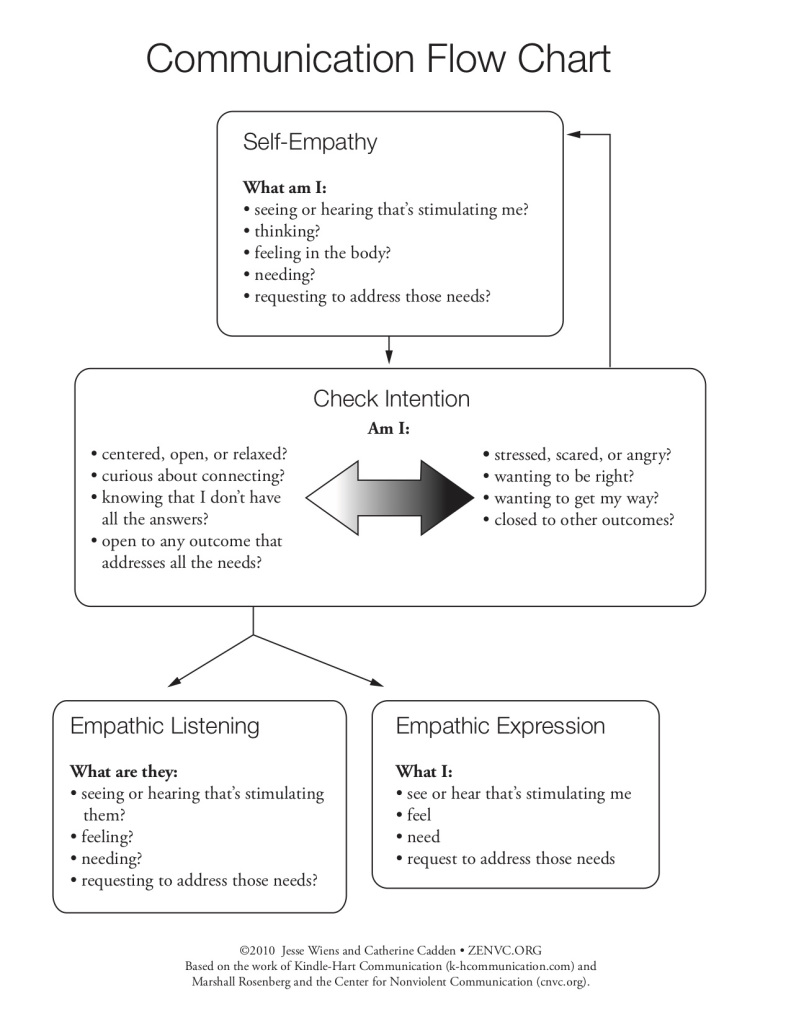
Tao Te Ching – 69
When two great forces oppose each other,
the victory will go
to the one that knows how to yield.Tao Te Ching – Verse 69, Lao Tzu
(Stephen Mitchell translation)
Question: Definition for Empathy?
Rosenberg: Empathy, I would say is presence. Pure presence to what is alive in a person at this moment, bringing nothing in from the past. The more you know a person, the harder empathy is. The more you have studied psychology, the harder empathy really is. Because you can bring no thinking in from the past. If you surf, you’d be better at empathy because you will have built into your body what it is about. Being present and getting in with the energy that is coming through you in the present. It is not a mental understanding.
Question: Is it speaking from the heart?
Rosenberg: “What? Empathy? In empathy, you don’t speak at all. You speak with the eyes. You speak with the body. If you say any words at all, it’s because you are not sure you are with the person. So you may say some words. But the words are not empathy. Empathy is when the other person feels the connection to with what’s alive in you…
—–
When you ride the wave, the thrill is so exhilarating that you forget everything else. You live in the moment where nothing else matters, so intent on riding the wave perfectly that you and the wave become one. Pain and worry disappear, replaced by euphoria, akin to flow. Similarly, when giving empathy, you want to strive for this kind of total presence for the person you are listening to. Dr Marshall Rosenberg
Yvette Erasmus, PsyD – YouTube
Dialogue sculpture by Cezary Stulgis (2004), Queen Street, Brisbane

(Courtesy of Kgbo via Wikimedia Commons) Responding
See also: NVC Mediation
Free, weekly Q & A Coaching Call:

The Mediate Your Life app is free and available to everyone who wants it.
MediateYourLifeApp.com/resources




3Chairs Process for Difficult Conversations – John Kinyon
3Chairs Process for Difficult Conversations [PDF] via John Kinyon
